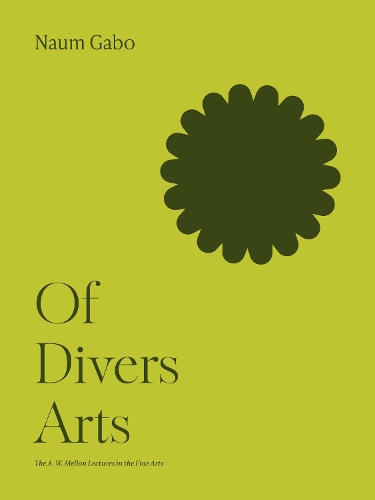
Of Divers Arts
(Paperback)
Publishing Details
Of Divers Arts
By (Author) Naum Gabo
Princeton University Press
Princeton University Press
15th August 2023
United States
Classifications
General
Non Fiction
Individual artists, art monographs
Biography: general
Individual architects and architectural firms
Individual photographers
History of art
Sculpture
700
Physical Properties
Paperback
224
Width 203mm, Height 254mm
Description
Constructivist and sculptor Naum Gabos personal account of his development as an artist
A leading exponent of the modern art movement known as Constructivism, Russian-born Naum Gabo was one of the most important sculptors of the twentieth centuryan artist, designer, and theorist whose work changed the course of modern art. Of Divers Arts is Gabos beautifully written personal account of his development and growing into consciousness as an artist and his constant search for new techniques of communication. Throughout, he reflects on the relationship between art and science and reveals the many important influences on his work, especially the natural world, Russian religious and folk art, and the work of the artist Mikhail Vrubel. The result is a remarkable autobiographical account of a major modern artist.
Reviews
"A more lucid artist than Naum Gabo would be hard to find. His discussions of what the consciousness of man has created, what differentiates Science from Art, what Nature has meant to him, and what influences have shaped his own style are stated with deceptive clarity. The reader cannot help relating Gabos literary style to the crystalline constructions for which he is famous." * Art in America *
Author Bio
Naum Gabo (18901977) was an important sculptor and art theorist. After receiving a scientific education in his native Russia, he attended Heinrich Wlfflins art history lectures in Munich and resolved to become an artist. In 1920, in Moscow, Gabo and his brother, Antoine Pevsner, issued the famous Realistic Manifesto, outlining the principles of Constructivism, and Gabo held his first exhibition. Gabo was active in many avant-garde artistic movements in Europe between the world wars and emigrated to the United States after World War II. His sculptures are in major museum collections around the world.
